Propeller De-icing System
Propeller de-icing system. Presently the propeller de-ice systems for the US. Each pad draws approximately 5 amps so if all three pads are functioning correctly. Aviation Training Guide Provides The Online Learning Materials To Aircraft Engineers And Airline Pilots.
Our propeller systems including blades hubs and digital electronic controls incorporate advanced aerodynamics structures control dynamics software and de-icing components. Therefore besides the possibility of the propeller becoming unbalanced the desired thrust is affected as well making some form of de-icing or anti-icing needed. Our systems are designed for todays turboprop-powered aircraft.
The heating elements are mounted internally or externally on the propeller spinner and blades. Thermal-electric deicing propeller systems use either heating wires or a layer of etched foil embedded inside rubber boots which are attached to the inner part of the leading edge of each propeller blade. On propellerdriven aircraft thermal antiicing systems to de-ice wing leading edges propeller leading edges engine air intakes glycol based fluid usually used to protect wing surfaces propeller leading edges.
DE-ICING SYSTEMS An electric propeller icing control system consists of an electrical energy source a resistance heating element system controls and necessary wiring. Propeller deice system consists of one or more on-off switches. Seneca V Icing Equipment.
Its end was broken and part of the blade was missing figure 10. In aeronautics ice protection systems keep atmospheric moisture from accumulating on aircraft surfaces such as wings propellers rotor blades engine intakes and environmental control intakes. Right side Front Left side.
Propeller De-Icing System Operation 1. A very common de-icing system utilizes pneumatically inflated rubber boots on the leading edges of airfoil surfaces. The de-icing system uses engine bleed air to operate conventional inflatable boot sections installed on the leading edge surfaces of the wings horizontal and vertical stabilizers and nacelle inlet lips Figure 1211-1.
Pneumatic wing and empennage de-ice boots. Anti-icing is understood to be the application of chemicals that not only de-ice but also remain on a surface and continue to delay the reformation of ice for a certain period of time or prevent adhesion of ice.
How Ice Shields De-Ice Boots for Propellers Work.
Navy E-2C C-2 P-3 and C-130 aircraft use slip rings with carbon brushes to transfer power to the rotating propeller blades. Ice buildup can change the shape of airfoils and flight control surfaces degrading control and handling characteristics as well as performanceAn anti-icing de-icing or ice protection system. How Ice Shields De-Ice Boots for Propellers Work. A controller 34 uses ambient temperature information from a sensor 36 for. The rest of the left propeller with blades 1 3 and 4 secured to the front of the engine and missing from the aeroplane was also found in a field cone towards the ground. A typical electrical de-icing system is presented in Figure 5-5. Please Keep In Touch With Us For More Details. Any surface moving through icing conditions is subject to ice accretion and any such buildup diminishes the efficiency of the design. Electrothermal propeller de-icing pads are bonded to the root leading edges of the propeller blades.
A propeller de-icing system 20 includes heaters 30 32 associated with propeller blades 22 24. This invention relates to aircraft propeller deicing systems and more particularly to brush block assemblies for use in propeller deicing systems. Ice Shield propeller deice boots prevent ice from forming on your propeller by heating the root of each blade on a 90-second on 90-second off cycle. Heated pitot tube and stall warning vanes. A very common de-icing system utilizes pneumatically inflated rubber boots on the leading edges of airfoil surfaces. When PROP HEAT is switched on power is supplied to the de-ice pads on all three of the propeller blades on one engine for 90 seconds. Propeller De-Icing System Operation 1.
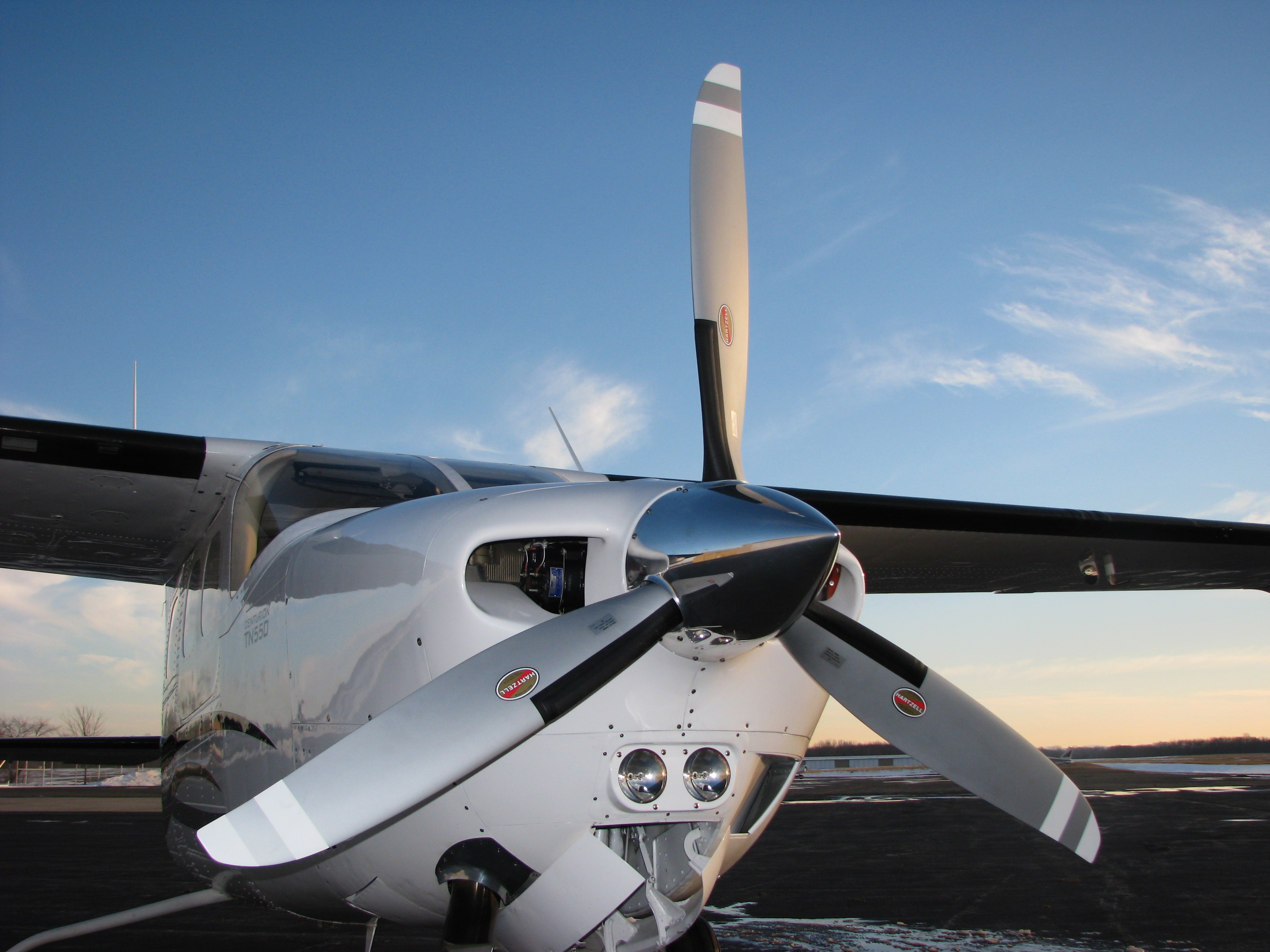






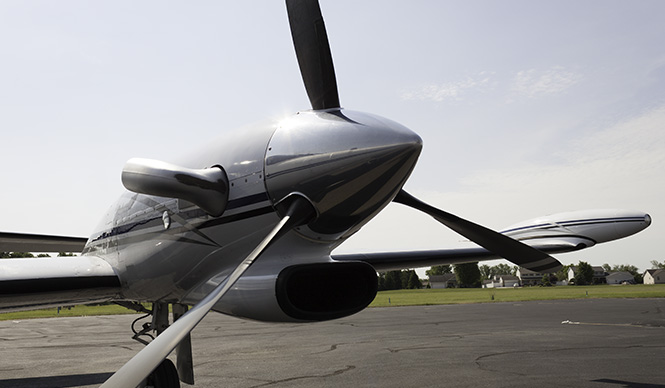





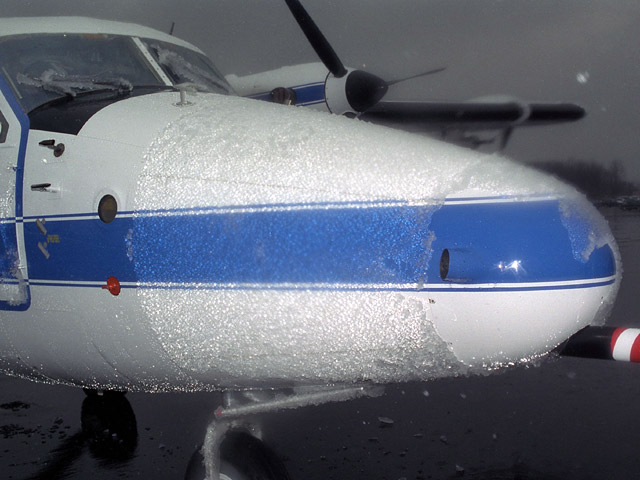







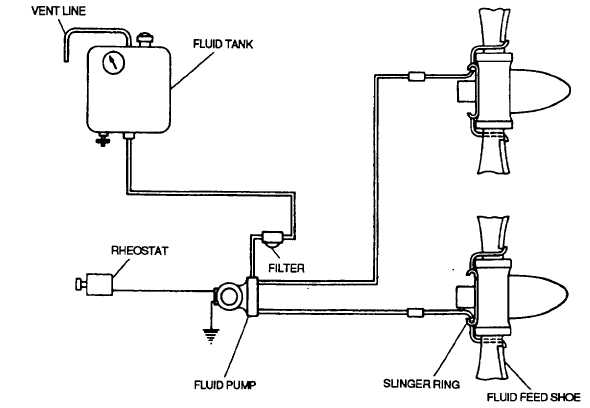





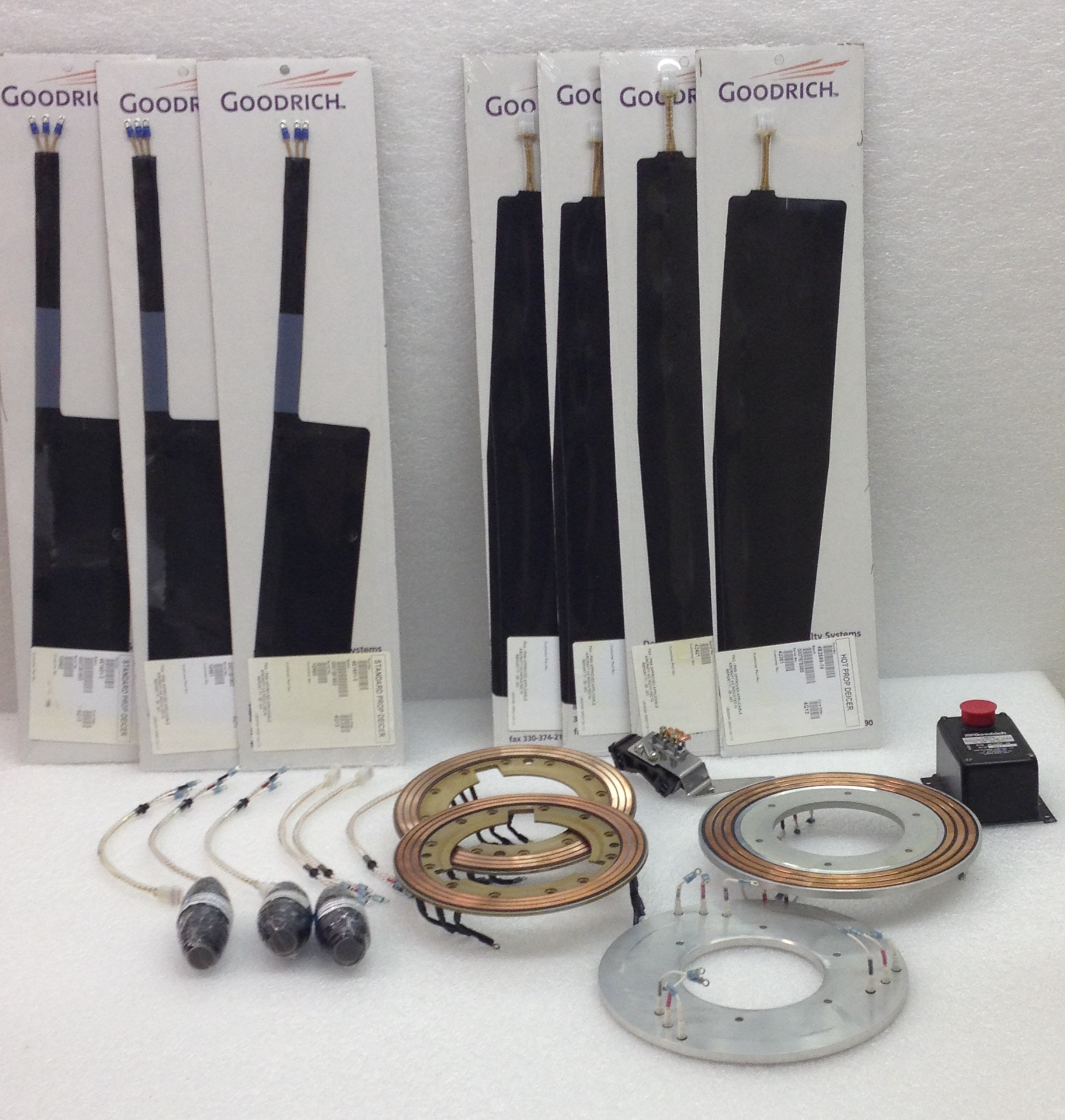

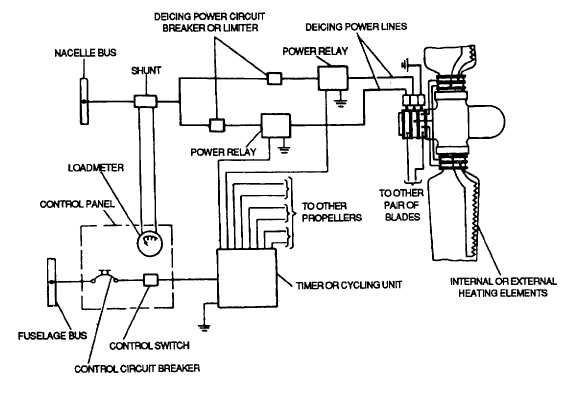




Post a Comment for "Propeller De-icing System"